10 Surprising Seafood Facts You Probably Didn’t Know
You’ll see a lot of seafood when you visit the Alabama Gulf Coast, but how much do you actually know about these fishy dishes? Check out the 10 surprising and sometimes strange seafood facts below, and impress your friends and family with your new wealth of seafood information.
- Mahi Mahi used to be called dolphinfish.
They got this name not because they are related to dolphins, but because they have a tendency to swim alongside boats, the same way dolphins do. To avoid confusion, they are now more commonly known as Mahi Mahi, which is Hawaiian and literally translates to “strong-strong”. - Female blue crabs mate only once in their lives.
Their mating occurs when they are molting and in the soft shell stage. Even though they only mate once, they can spawn (release fertilized eggs) multiple times. - Crabs live in some of the most diverse environments of any sea creatures.
They can be found around volcanic vents thousands of feet below sea level and even under the ice in Antarctica. - Some schools contain millions of fish.
Fish join schools to swim more efficiently, help protect themselves from predators, and improve foraging. They are able to stay in a large group by using a sensory structure called the lateral line, which picks up vibrations in the water. The next time a friend wonders how fish stay synchronized, you can share these seafood facts. - Ahi tuna can weigh up to 300 pounds.
In rare cases, they can be even larger. The largest ahi (otherwise known as yellowfin) tuna recognized by the International Game Fish Association was over 388 pounds. - The flounder is an ambush predator.
The flat flounder buries itself in the sand of the ocean floor and lies in wait until its potential prey comes within reach. - The red snapper population is starting to recover after decades of overfishing.
The red snapper is one of the most prized fish in the Gulf for both commercial and recreational fishers, but due to years of overfishing, there is now a management plan (including a limit on catches) to help rebuild the population. The population is starting to recover, and the goal is to have it at a sustainable level by 2032. - Fish don’t have vocal chords-but that doesn’t mean they’re silent.
Fish communicate by making sounds using other body parts, such as sonic muscles near their swim bladders, tendons in the pectoral fins, and skeletal components, which can be rubbed together to make a sound known as stridulation. - Crab meat is high in vitamin B12.
Here’s some seafood information that can improve your health. Vitamin B12 helps prevent anemia and keep our nerve and blood cells healthy. While some people take supplements to get enough of this vitamin, you can also eat crab: just 2-3 ounces of crab meat contains an adult’s daily B12 requirement. - The US Department of Health recommends eating two servings of seafood a week.
The average American eats less than one serving of seafood per week. Need help getting another weekly serving? Head to the Original Oyster House!
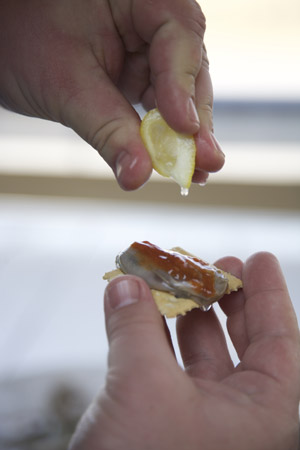
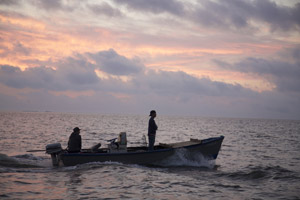
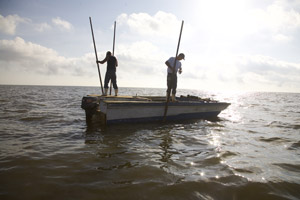
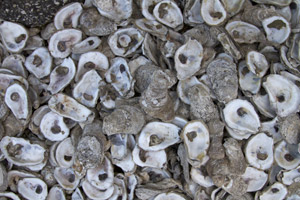
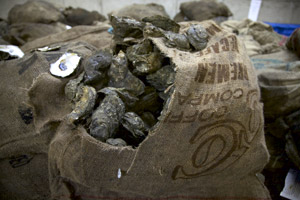
Photos Provided by Alabama Gulf Seafood


